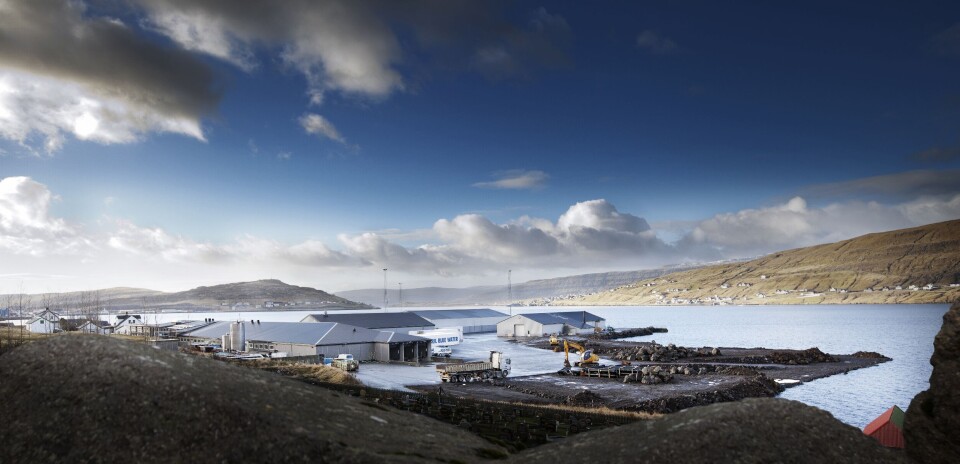
Ten times better than Scotland?
Bakkafrost achieved an EBIT of over DKK 20 (£2.10) /kg last year – more than double the average of its main rivals in Norway, and more than 10 times over the average EBIT/kg achieved by the major players in Canada and the UK.
The key reasons for this success, according to the company’s Capital Market Day presentation, which was issued today, include vertical integration, the emphasis on producing a premium product and the lack of trade embargoes.
Other factors include the implementation of the “Faroese Veterinary Model” after the ISA troubles of the mid-2000s, and the ability to self-regulate being made easier by small number of producers in the Faroes (and the fact that most operate in very distinct zones), which thus avoids “the tragedy of the commons”.
Key Performance indicators (KPIs)
It was these latter factors which explain the good performance of farmers across the archipelago and the report shows that the Faroese are currently outperforming their rivals in other countries in the three main KPIs - in 2015 HOG yield per smolt approached 5kg in the Faroes compared to 3.7kg in Norway and 3.2kg in Scotland; average harvest weight nearing 6kg in the Faroes compared to 4.7kg in Norway and 4kg in Scotland; and average mortality at around 7.5% in the Faroes compared to 21% in Norway and 22% in Scotland.
Premium targets
The company states that it has been able to attract premium prices for its products through the relatively high use of marine ingredients – with Bakkafrost diets typically containing 28% fishmeal and 16% fish oil, compared to an average of 11% fishmeal and 9% fish oil in diets used by Norwegian producers. This has been helped also by the lack of embargoes that the archipelago has faced, by the company’s innovative use of VAP to upgrade its products and by the reputation of the islands internationally.
Planning ahead
The company also used the report to emphasise various plans it has for the future, in order to remain so profitable, and amongst other factors it lists shortening the time its salmon spend at sea by 30%, by not putting post-smolts to sea until they reach 500g. Not only will this reduce expose to biological challenges at sea, but it will also enable them to increase production levels by 30% per site.
Certification
The report also stresses the company’s commitment to achieve complete ASC certification by 2020 and reveals that their second site has already been audited and is likely to find out whether it has achieved certification in the next few weeks.
Investments
The company highlights that it has initiated a number of investments aimed at improving quality, biosecurity and ability to rapidly solve undesired events and lists examples including:
- Larger sea water farming cages, resulting in lower density.
- Central surveillance of oxygen measurement including alarms, in order to improve reaction time when low oxygen levels are measured.
- Gradual phasing out the use of copper impregnated nets.
- Improved wellboat capacity.
- Reduced handling of fish, which in turn reduces stress levels and improves the quality of animal welfare and the quality of the product.
- Efficient lice filters.






















































